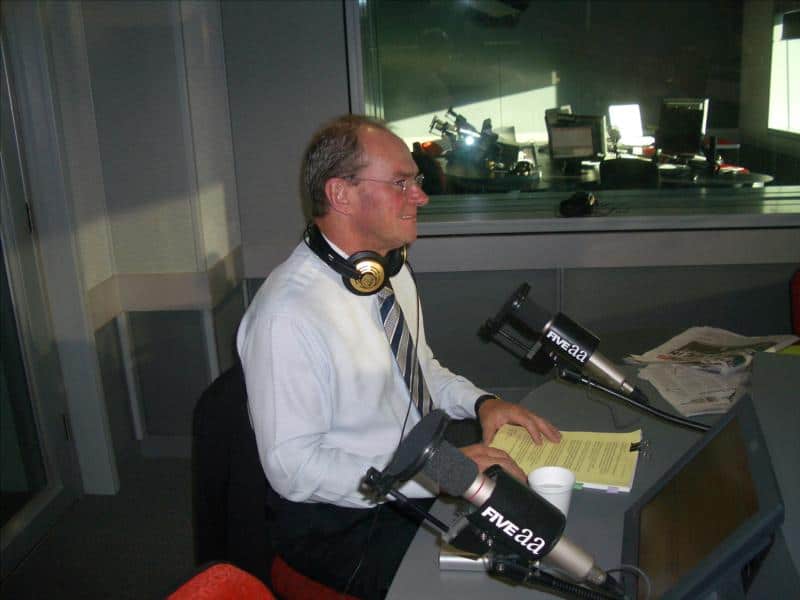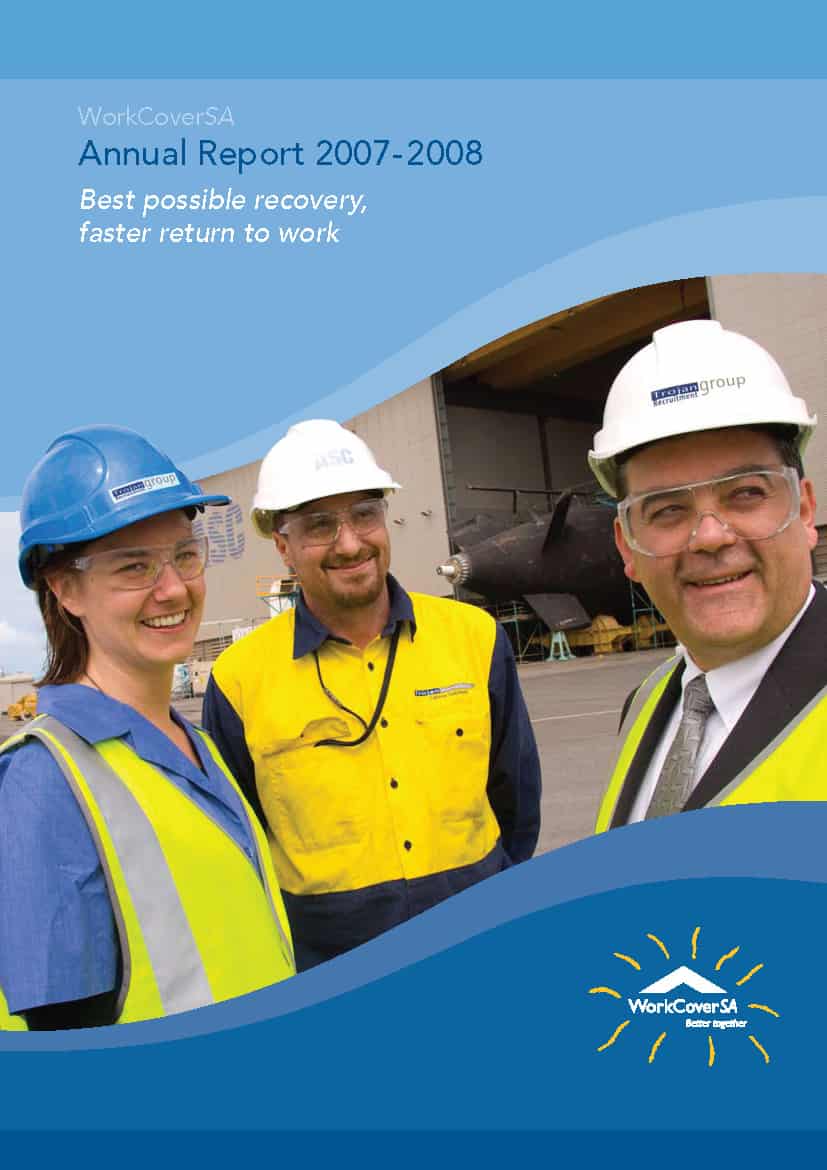The title of this blog is deliberately positive because I find it hard to understand why, when union right-of-entry is such a hot political topic, a New South Wales Minister would defy Federal Court action and accompany union organisers onto a construction site against the wishes of the company who operates the site.
The legal action has been considerably drawn-out but Minister Phil Costa’s seems purposely inflammatory. In a report on the visit in The Australian on 12 November 2008, the Minister said he was given permission by Sydney Water and a building contractor. This confirms the confusion over control of a workplace that is being worked through as part of the National OHS Law Review panel. Who is the principal contractor? Who runs the site?
The minister says that permission was obtained from John Holland Construction and the company was accommodating. The media report did not say if there was any particular reason the minister visited although a media handler said it was a PR visit.
The CFMEU assistance secretary said the only way the union could get on site Was “as a visitor with the minister” and that OHS issues have been raised including dust, wetness and falling from heights.
The minister’s visit just confirms the beliefs of the New South Wales employers that the Labor government’s relationship with the unions is too friendly. There is some support for this perspective when the government chooses to keep Sydney Ferries out of the credit-rating fire sale, “after intense pressure from union leaders” according to one media report.
In a national context, Minister Costa’s visit illustrates the need for clarity on national OHS laws as John Holland moved from the state workers’ compensation system to the national version, Comcare, a couple of years ago. So not only did the visit raise matters of workplace control, there was jurisdictional problems.
Unless you are a construction union member in New South Wales, minister Costa’s actions had no positive result.
I have been a union member for several decades and support many of their initiatives but occasionally some in the union movement take short term gains and narrow interest over the bigger picture and the best interest of the whole union movement. Isn’t short-term gain over long-term benefit what the unions accuse the banks and the corporations of?





